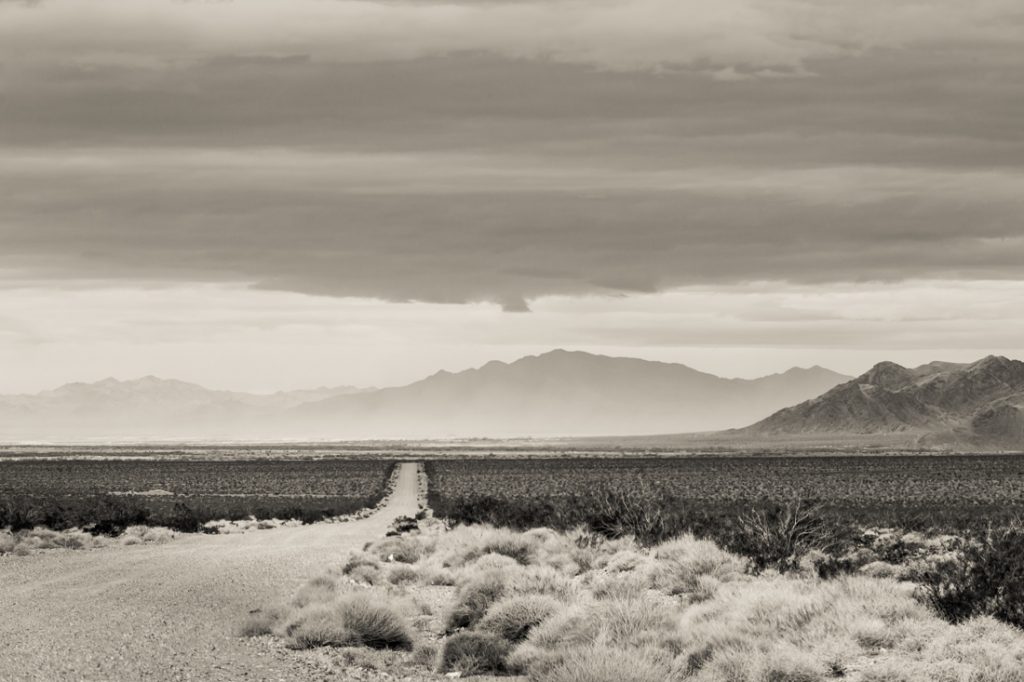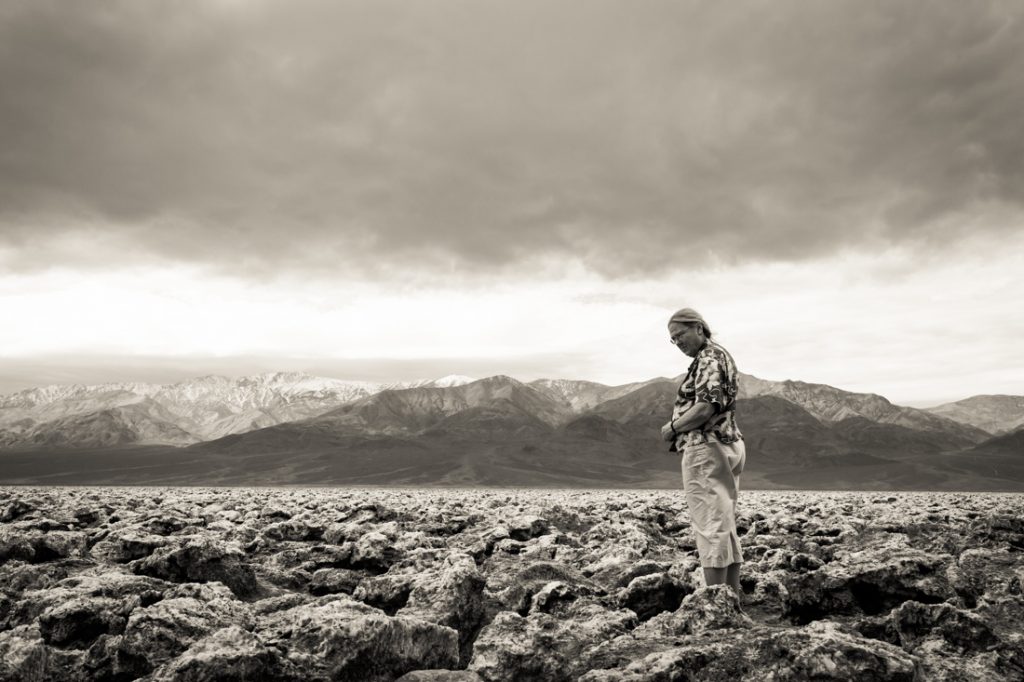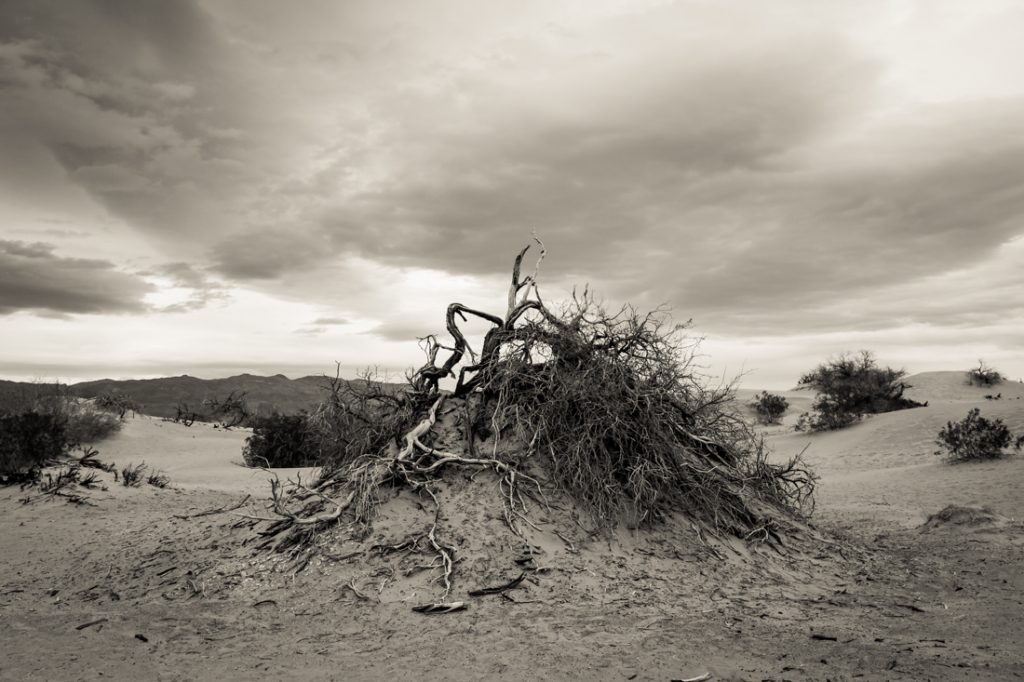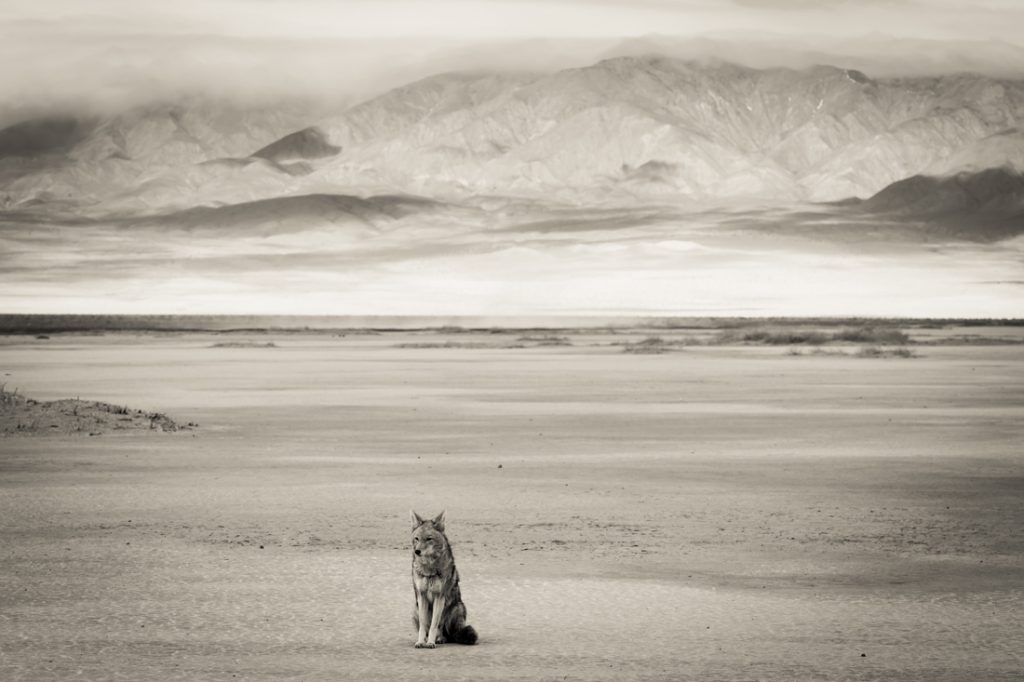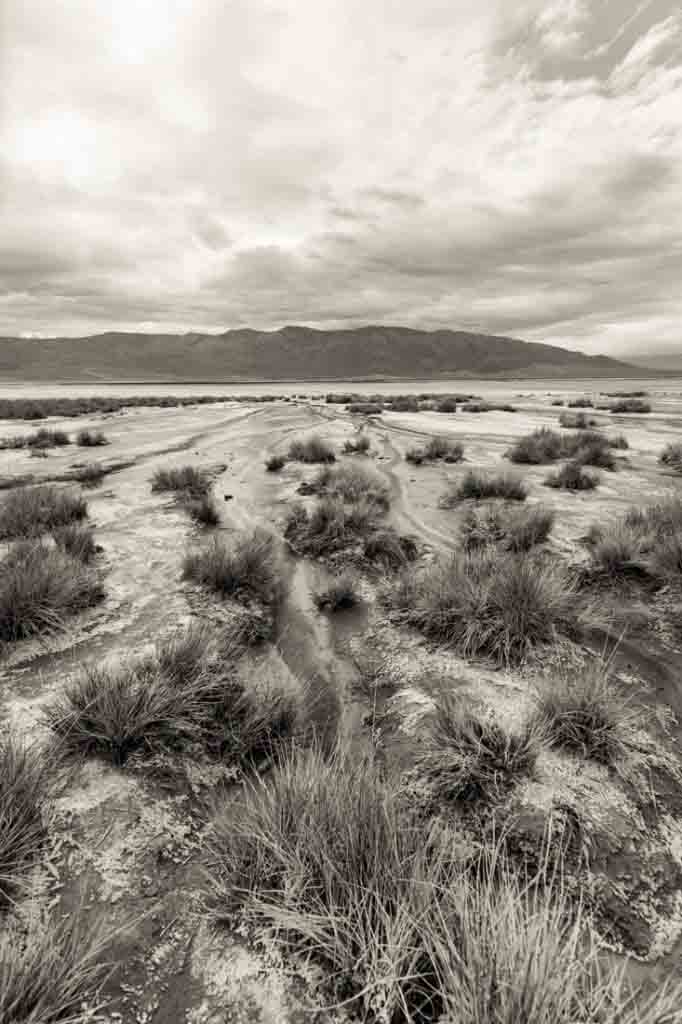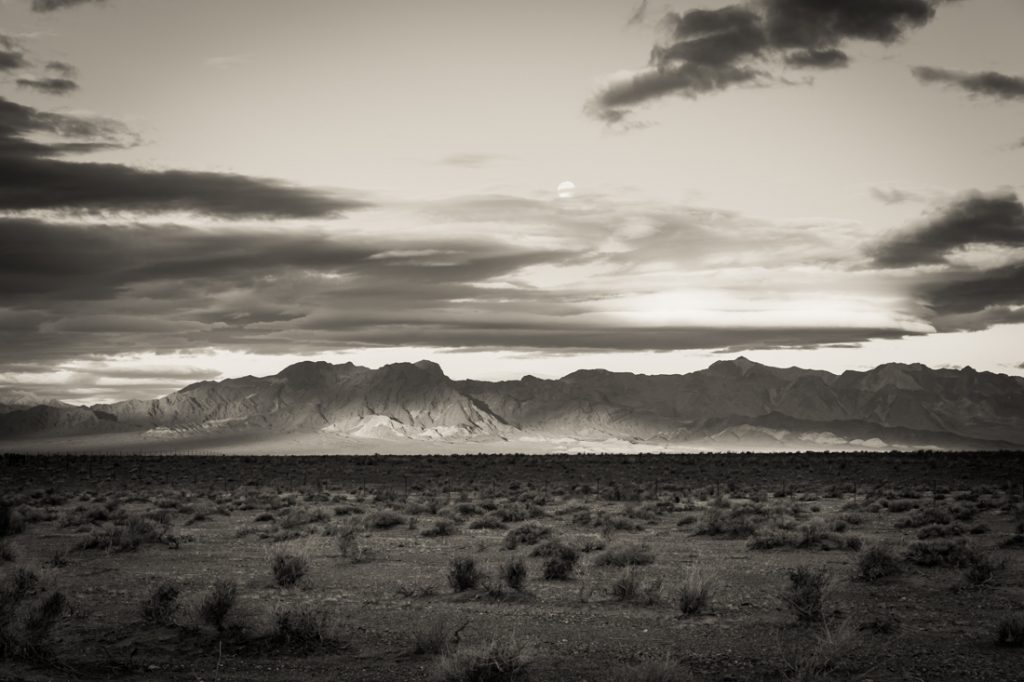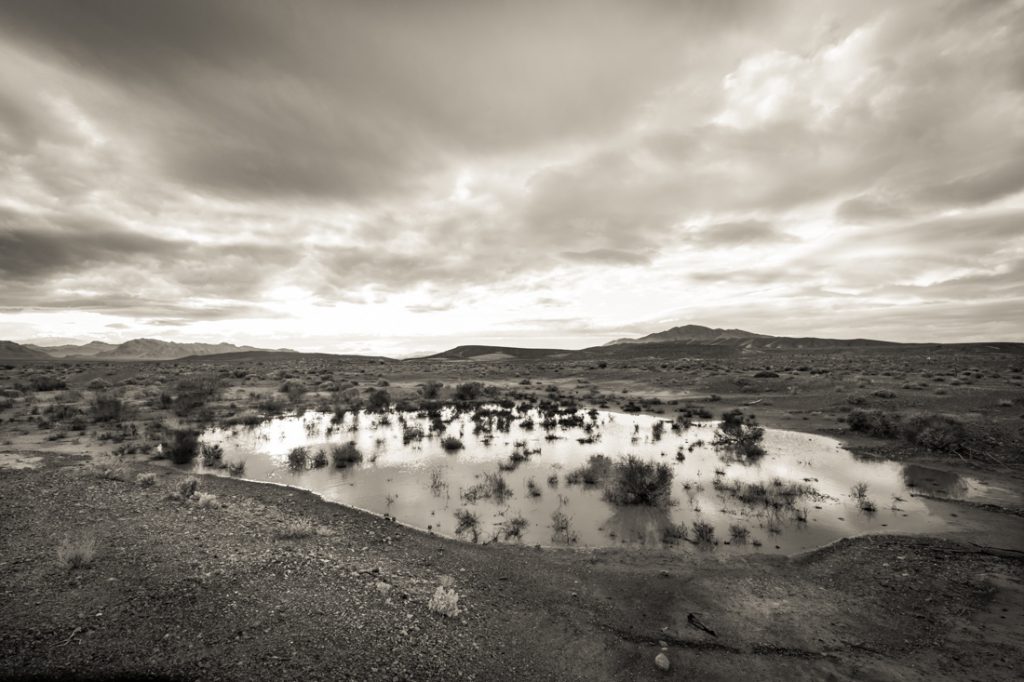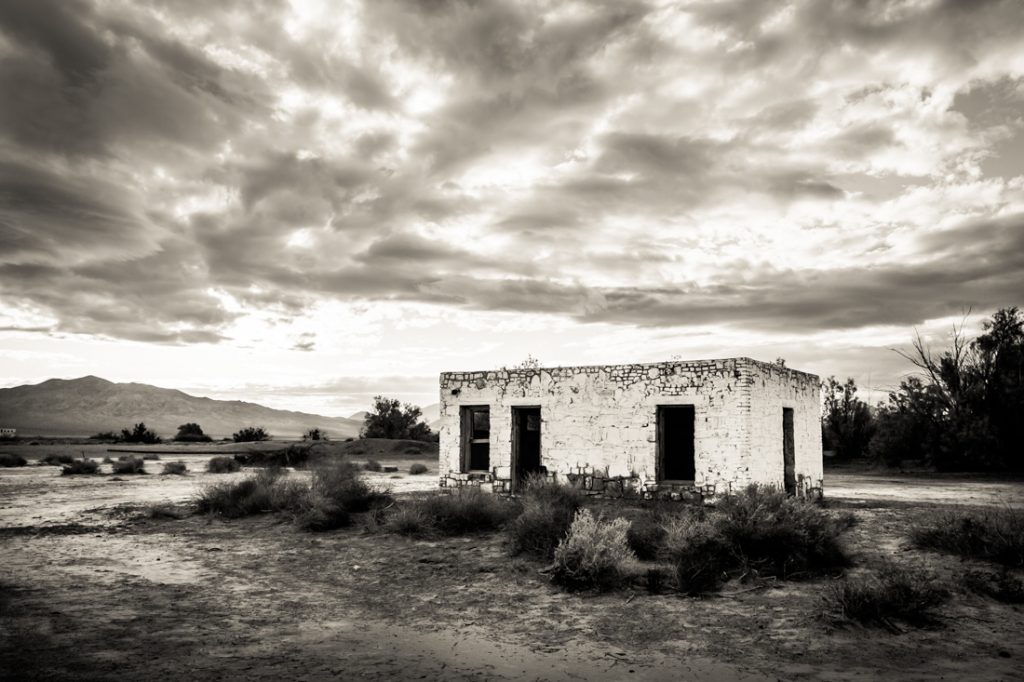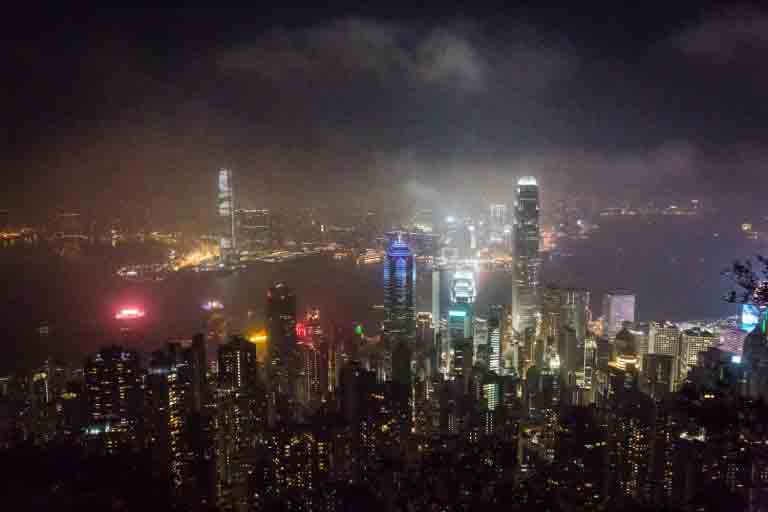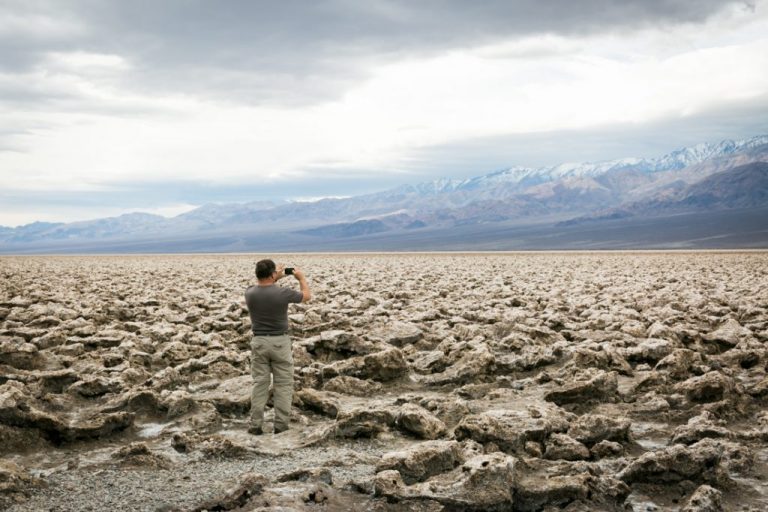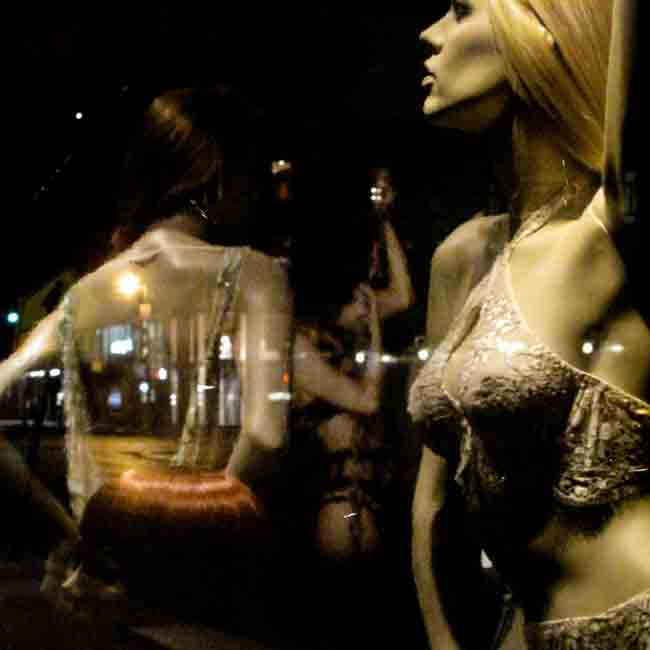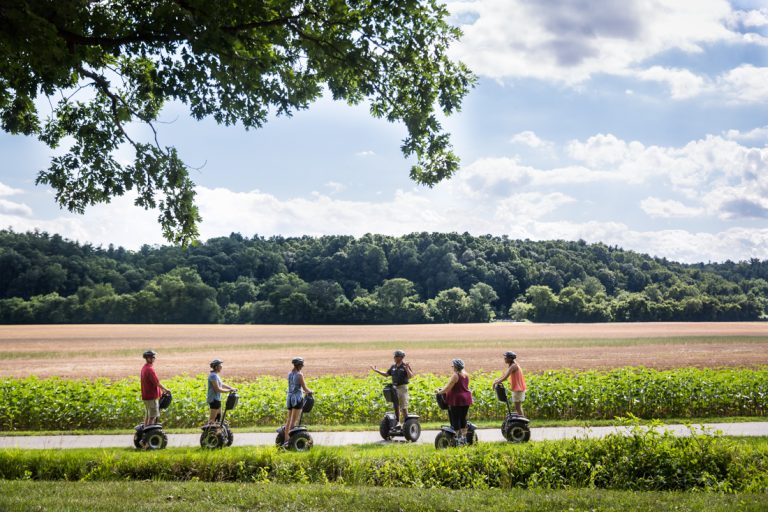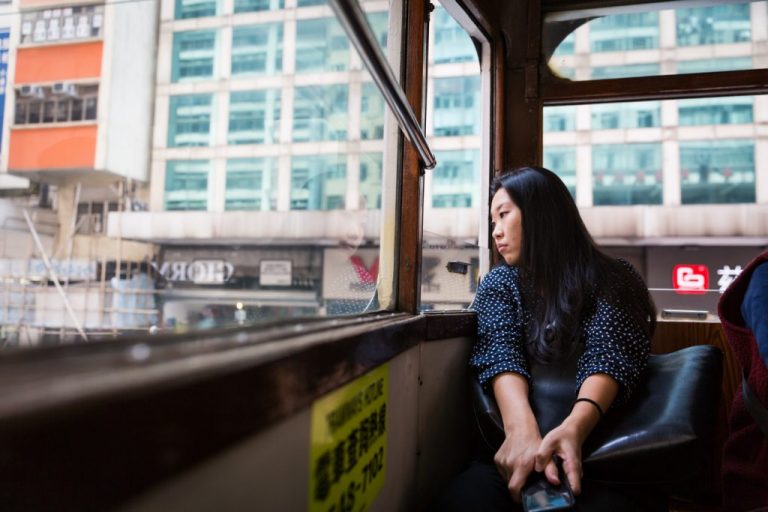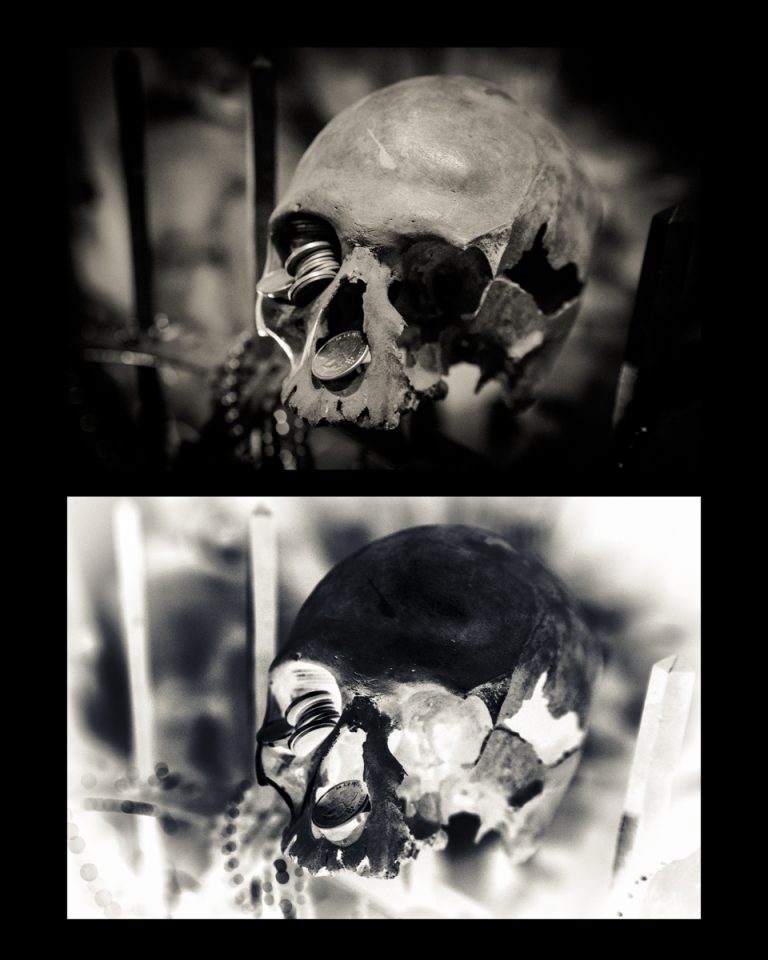Death Valley, with its stark landscapes and dramatic contrasts, is a perfect setting for black and white photography. Here are some tips to help you make the most of this unique environment.
1. Embrace the Contrast
Black and white photography thrives on contrast. In Death Valley, the interplay between light and shadow is striking, especially during the golden hours—early morning and late afternoon. Look for scenes where the light creates deep shadows and highlights textures.
Tip: Use a polarizing filter to enhance the contrast and bring out the details in the sky and landscape.
2. Focus on Textures
Death Valley is a treasure trove of textures, from the ripples in the sand dunes to the cracked earth of the salt flats. These textures become more pronounced in black and white, creating visually compelling images.
Tip: Get close to your subject to capture the intricate details of textures.
3. Play with Composition
In the absence of color, composition becomes even more critical. Use leading lines, patterns, and shapes to draw the viewer’s eye through the image. The barren landscapes of Death Valley offer many opportunities for minimalist compositions.
Tip: Experiment with different angles and perspectives to find the most interesting composition.
4. Use Filters
Filters can dramatically change the mood of your black and white photos. Red, orange, and yellow filters can darken skies and make clouds pop, while green filters can enhance the textures in vegetation.
Tip: Try using different filters to see how they affect the contrast and mood of your images.
5. Pay Attention to the Sky
The sky in Death Valley can be incredibly dynamic. Whether it’s a clear blue expanse or a dramatic cloud formation, the sky can add a powerful element to your black and white photos.
Tip: Include a portion of the sky in your composition to add depth and drama.
6. Post-Processing Magic
Black and white photography often comes to life in post-processing. Adjust the levels, contrast, and sharpness to bring out the best in your images. Tools like Adobe Lightroom and Photoshop offer extensive options for fine-tuning your photos.
Tip: Consider converting your images to black and white in post-processing rather than shooting in monochrome mode. This gives you more control over the final look.
7. Plan Your Shots
Death Valley offers a wide range of landscapes, from sand dunes to salt flats to rugged mountains. Research the locations and plan your shots accordingly. Consider the time of day, weather conditions, and the specific features of each location.
Tip: Visit the Mesquite Flat Sand Dunes, Badwater Basin, and Zabriskie Point for some of the most iconic black and white photography spots in Death Valley.
Conclusion
With its dramatic contrasts and unique landscapes, Death Valley is a playground for black and white photography. By focusing on contrast, texture, and composition, and by using filters and post-processing techniques, you can create stunning images that capture the raw beauty of this remarkable place.
